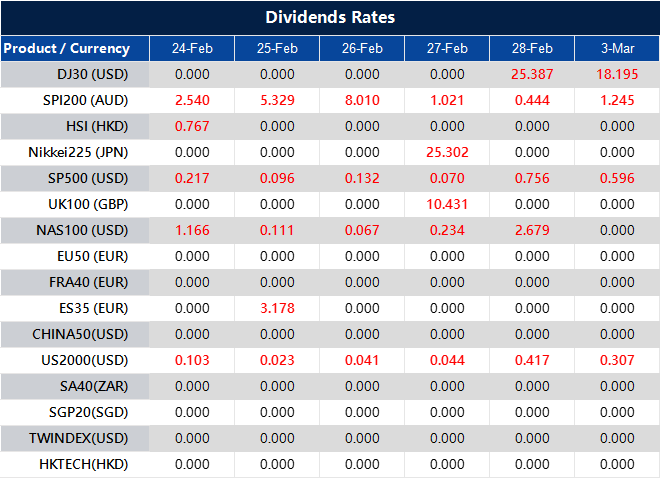Toni Gravelle, the Deputy Governor of the Bank of Canada, will participate in a panel discussion at the Bank of England Annual Research Conference. The topic will focus on managing the central bank’s balance sheet during a phase of quantitative tightening.
Media access to the event is limited, as there will be no audience Q&A or Bank of Canada webcast. However, a live stream will be available through the Bank of England, requiring interested media to email their name, job title, and company for access.
Toni’s participation in this discussion signals the importance central banks are placing on balance sheet reduction. His insights could give a better sense of how policymakers are thinking about reducing holdings of government bonds and other assets accumulated during past stimulus efforts.
One of the main concerns in such discussions is the pace at which a central bank should shrink its balance sheet without causing market volatility. If too slow, inflation risks linger. If too fast, financing conditions may tighten unexpectedly, affecting borrowing costs. Markets will be looking for indications of where policy might be leaning.
Because there won’t be an open audience Q&A, the only way to gauge reactions will be through the discussion itself. The Bank of England’s decision to provide a live stream allows direct access to Toni’s remarks. Those who want to follow along will need to register in advance.
For those watching, attention should be on not just what he says, but how his remarks align with recent messages from the Bank of Canada. Past comments from officials have stressed that balance sheet reduction should complement, rather than replace, changes in interest rates. If that theme continues, it would reaffirm that policymakers are treating these tools separately.
At the same time, there’s always the question of market impact. Traders often react to subtle shifts in language, particularly when discussions involve asset holdings. Even small adjustments in wording can move expectations, which, in turn, influence yields and exchange rates. If Toni hints at a willingness to slow reductions in response to financial stress, that could have immediate effects on bond markets.
This also comes at a time when central banks globally are weighing how long restrictive policies should stay in place. The Federal Reserve’s own balance sheet strategy has been under scrutiny, with recent discussions around whether liquidity concerns could force adjustments. If Toni acknowledges similar debates in Canada, it could shape expectations.
Given that media access is restricted, any market reaction will depend on second-hand reporting and direct interpretation from analysts following the stream. That said, once transcripts or summaries emerge, the wider financial community will dissect them for any meaningful shifts in outlook.
With these factors in mind, the coming weeks could bring adjustments to expectations. Toni’s remarks might not deliver outright surprises, but they could refine the timeline for policy decisions. That, in turn, affects how different players react across asset classes.





